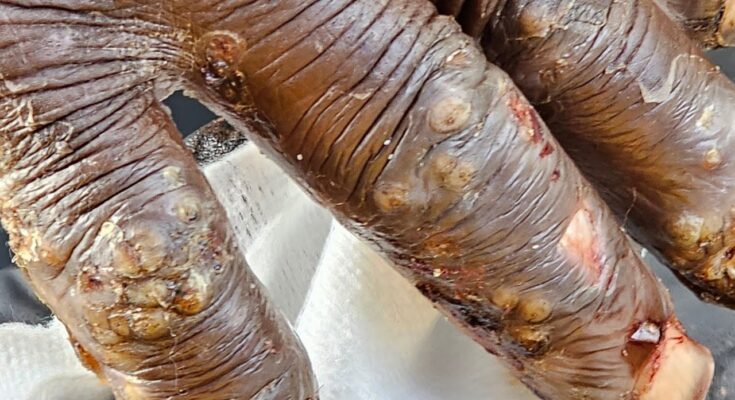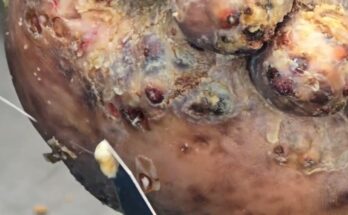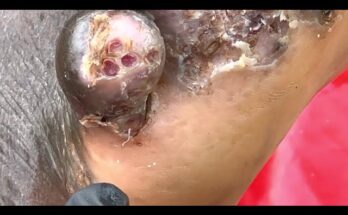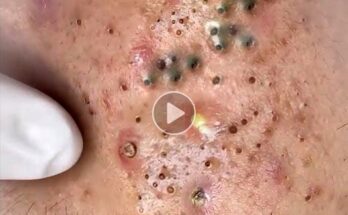Jigger Digging Effect on Child Skin: A Hidden Epidemic of Pain and Stigma
Jiggers—tiny sand fleas scientifically known as Tunga penetrans—cause a parasitic skin condition called tungiasis. While adults are affected, children aged 5–14 are the most vulnerable. In impoverished regions of sub-Saharan Africa, Latin America, and the Caribbean, jigger infestations are widespread, especially where children walk barefoot and live in unsanitary conditions.
🦶 Where Jiggers Attack
Jiggers burrow into the skin, most commonly on the feet—around the toes, soles, and under toenails. In children, infestations can also appear on the hands, elbows, and buttocks due to crawling or sitting on infested ground. The female flea embeds herself in the skin to lay eggs, causing a painful, itchy lesion that swells and darkens over time.
🔥 Effects on Child Skin
The impact on a child’s skin is severe:
- Painful swelling and inflammation
- Itching and burning sensations
- Ulceration and blistering
- Deformed toes and damaged nails
- Secondary infections like abscesses or tetanus
Children often suffer from multiple infestations, with dozens of fleas embedded at once. This leads to difficulty walking, sleeping, and concentrating in school. In extreme cases, untreated tungiasis can cause permanent skin damage or even disability.
💔 Emotional and Social Toll
Beyond physical pain, jigger infestation causes deep emotional trauma. Children are often bullied or isolated due to the visible lesions and foul odor from infected wounds. Many withdraw from school and social activities, losing confidence and hope.
🧼 Treatment and Prevention
Jigger removal must be done carefully—usually by hand with sterile tools. If done improperly, it can worsen the wounds. Organizations like Sole Hope provide safe removal, hygiene education, and protective shoes to prevent reinfestation.
Effective prevention includes:
- Wearing closed-toe shoes
- Daily foot washing with soap
- Sealing earthen floors
- Treating infected animals
- Spraying insecticides in homes
The only proven topical treatment is NYDA®, a dimeticone-based solution that suffocates the flea.



